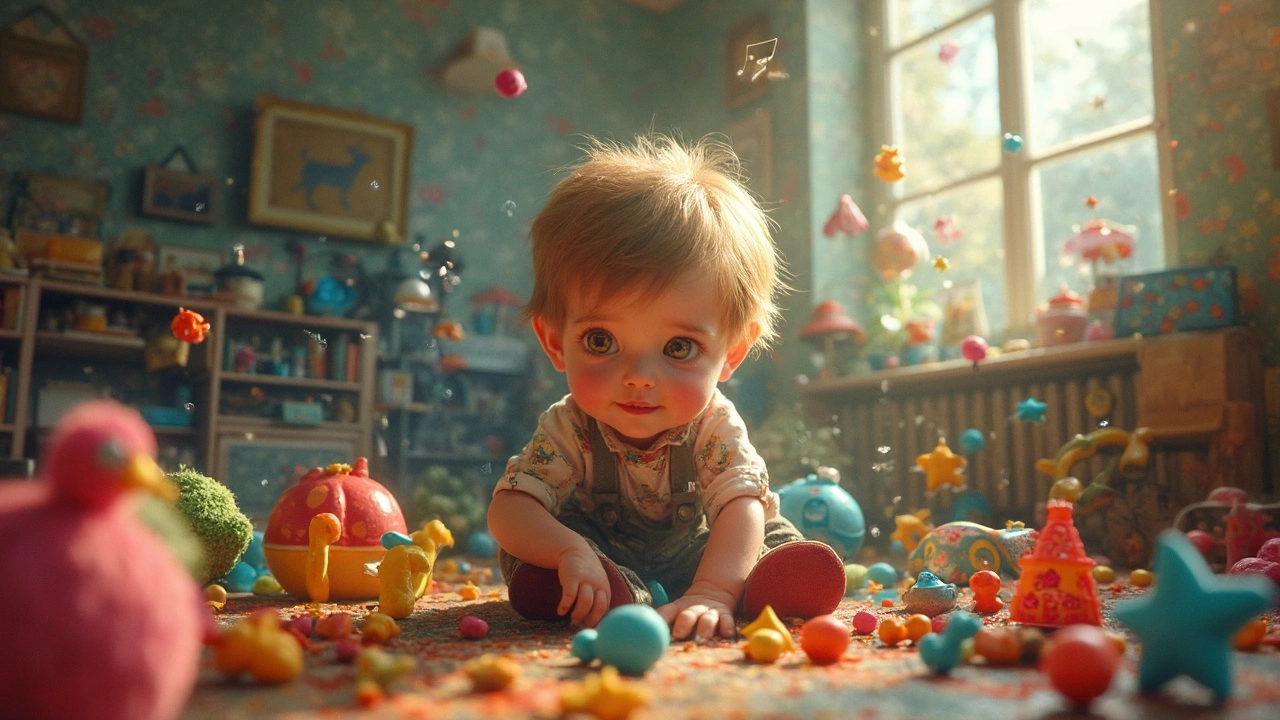Neurodiversity: Understanding and Supporting Different Minds
Ever wonder why some students learn or behave differently? That’s neurodiversity – a simple way of saying brains work in many ways. When schools and workplaces accept those differences, everyone benefits. This page gathers the most useful articles to help you navigate that world.
What neurodiversity really means
Neurodiversity covers autism, ADHD, dyslexia and other learning profiles. It’s not a problem to fix; it’s a natural variation of the human mind. The idea is to shift focus from “what’s wrong?” to “what’s needed?” – tools, environment and attitudes that let each person thrive.
Helpful articles you’ll find here
We’ve collected pieces that break down real‑life situations. "Autism Mannerisms: Understanding Unique Behaviors and Communication" explains why stimming happens and how to respond with respect. "Practical Strategies for Supporting Children with Special Needs in the Classroom and Beyond" offers step‑by‑step tips for teachers and parents. "Special Needs Behavior Example: Recognizing and Supporting Key Challenges in Children" gives a concrete scenario you can relate to instantly.
If you’re a student looking for funding, "Can Average Students Get Scholarships? How to Unlock Hidden Opportunities" shows that neurodiverse learners often qualify for extra grants. For educators curious about inclusive lesson design, "Best Adult Learning Theory: Guide to Effective Adult Education Strategies" connects adult learning ideas to neurodiverse adults.
Each article is written in plain language and includes quick take‑aways you can try today. Whether you need a classroom tweak, a conversation starter with a parent, or a scholarship tip, the content is ready to copy‑paste into your routine.
How to use this tag page? Start by scanning the headlines that match your need. Click the article, read the first three bullet points, and decide whether to dive deeper. Most pieces end with a short checklist – perfect for printing or saving on your phone.
For teachers, a common challenge is creating a calm space for autistic students who may be overwhelmed by noise. One article suggests using noise‑reducing headphones and a visual schedule on the wall. Try it for a week and watch stress levels drop.
Parents often ask how to talk about a child’s differences without labeling. The autism mannerisms guide advises using neutral language like “you notice the hand‑flapping when you’re excited” instead of “you’re acting weird.” Small wording changes can protect self‑esteem.
Employers looking to hire neurodiverse talent will find the scholarship article useful – many grant programs reward inclusive hiring practices. Pair that with the adult learning theory piece to design onboarding that respects different learning speeds.
Remember, neurodiversity isn’t a checklist; it’s an ongoing conversation. Bookmark this page, revisit when new challenges arise, and share the articles with colleagues or family members. The more people understand the basics, the easier it becomes to build environments where every brain can shine.






